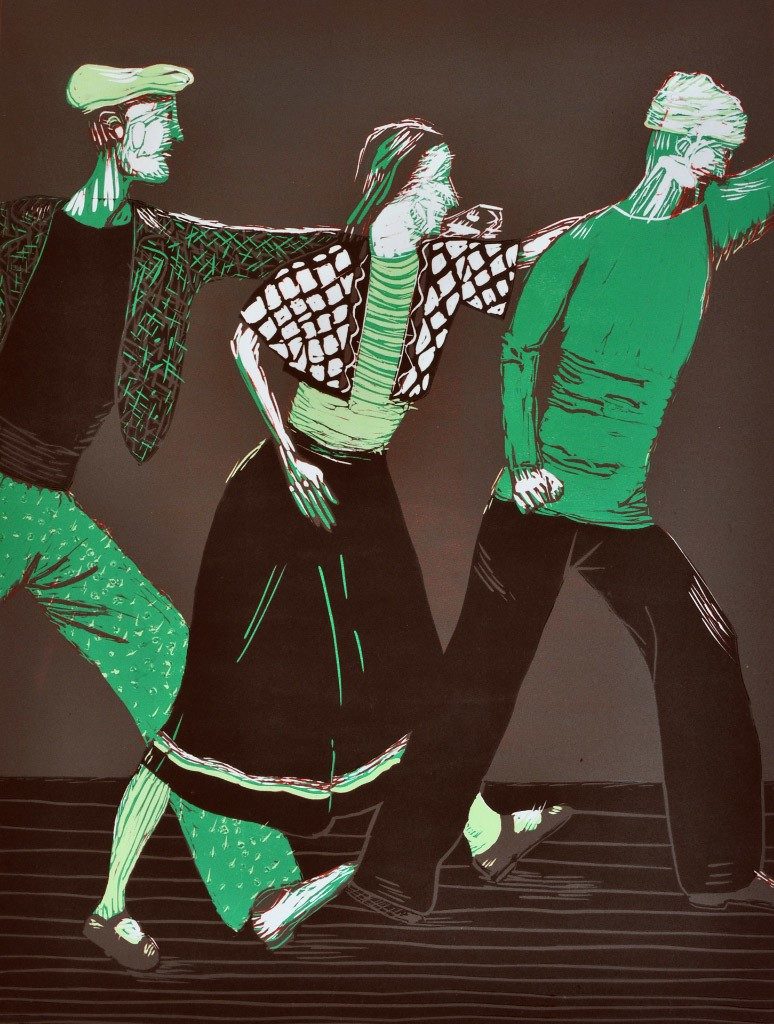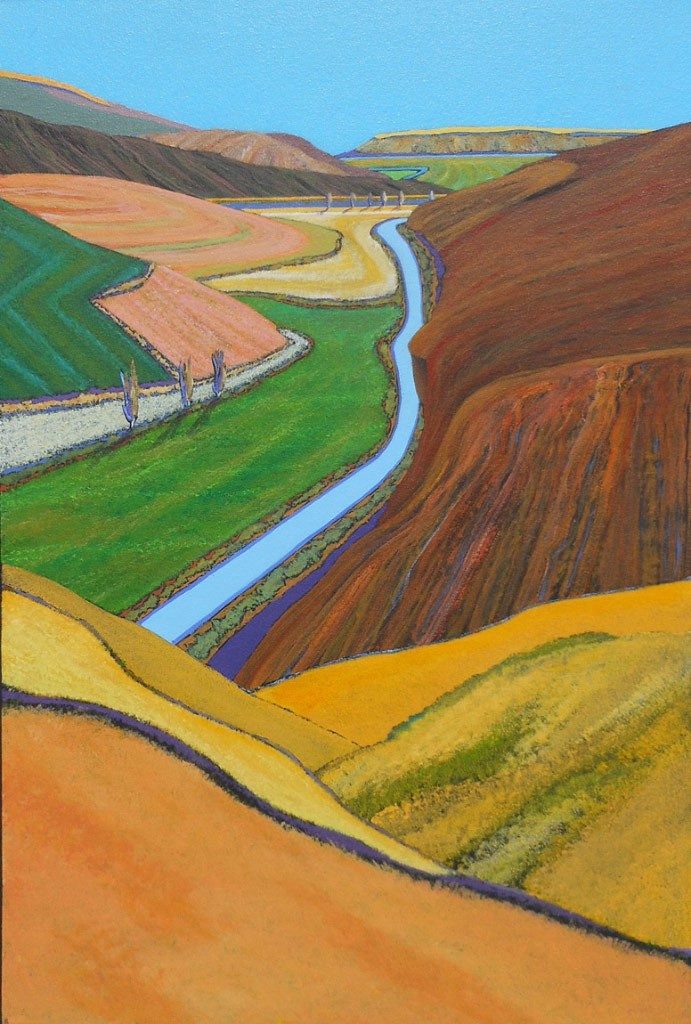Today’s blog is written by volunteer Andie DeLuca. Thank you to her for this fascinating and original look at our collection. We hope that you enjoy reading it just as much as we did!
Geometry? Yikes!! Isn’t That a Really Hard Subject?
Well, I sure hope I’m never required to study it! But I find it useful and fun to relate geometric shapes to works of art. Anyone can go to our website and search our Catalogue for works that fall into the Geometric category.
Pre-schoolers often get an introduction to the names of basic shapes:
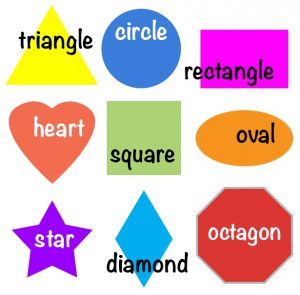
Later, students are taught about the three dimensions: height, width, and depth. This usually occurs when they begin to study art:
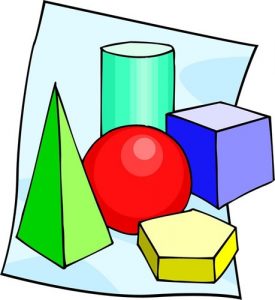
After much study, artists who are interested can break down images to many varied geometric shapes, or build up an image from those shapes:
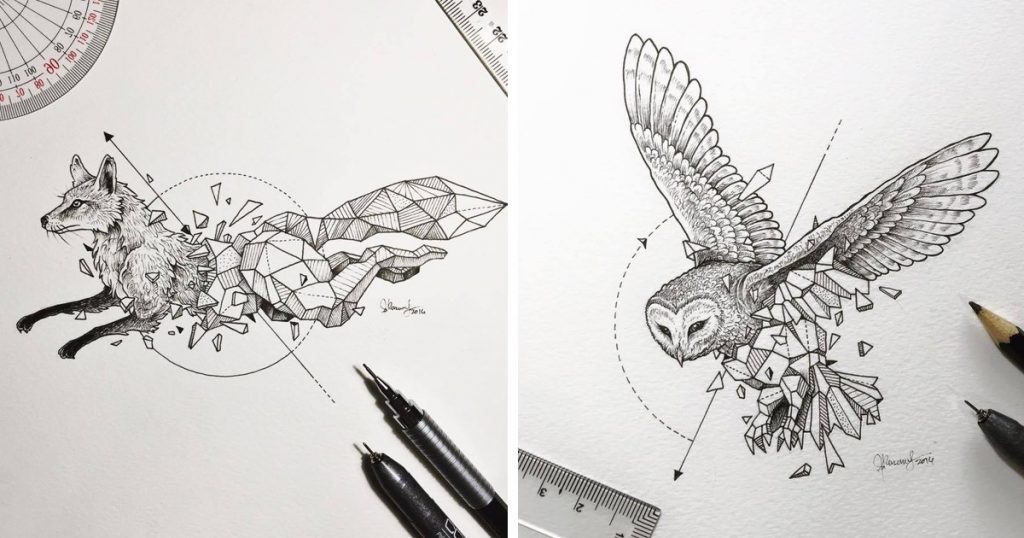
Almost all images can be destructed or constructed in this way. Our member artists produce many fascinating pictures, whether 2- or 3-dimensional, from the very basic to the most complex shapes.
The blues of Nina Sutter’s simple rectangles blend subtly to create a ghost-like cross in the center of her canvas.
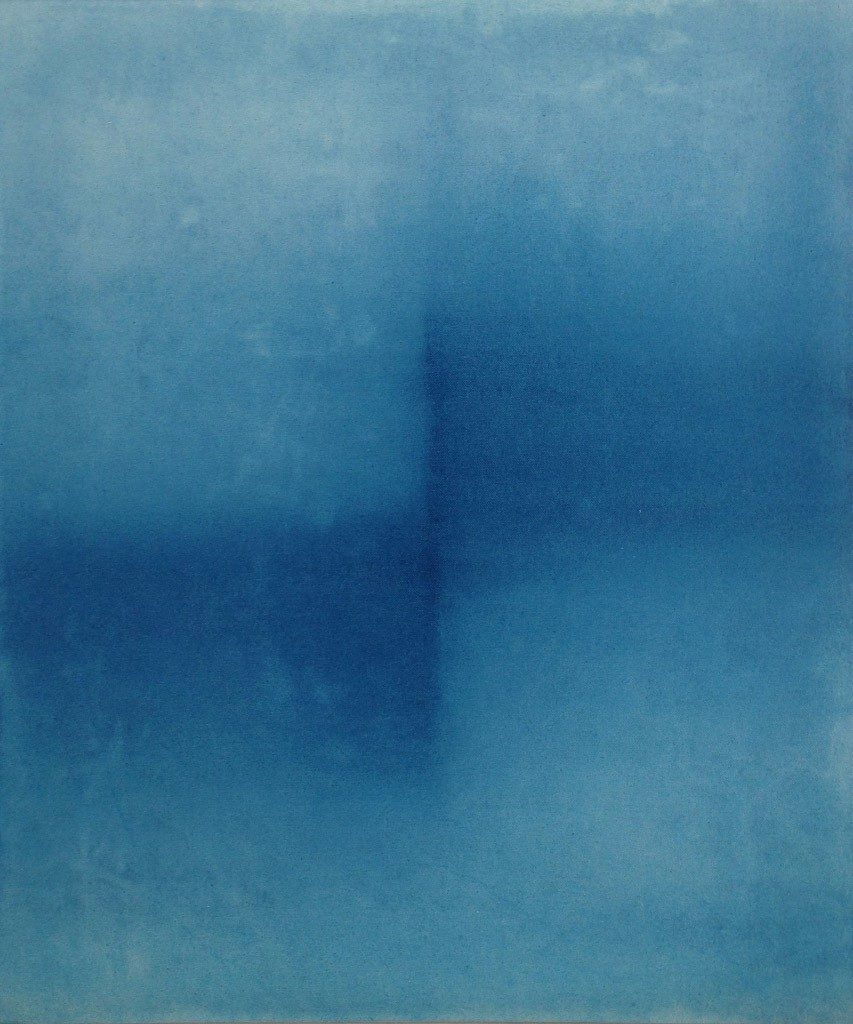
Ralph Davis paints many simple circles as part of his images. In this work, he adds dimensional shading to create the sphere of a beautiful 3/4 moon.
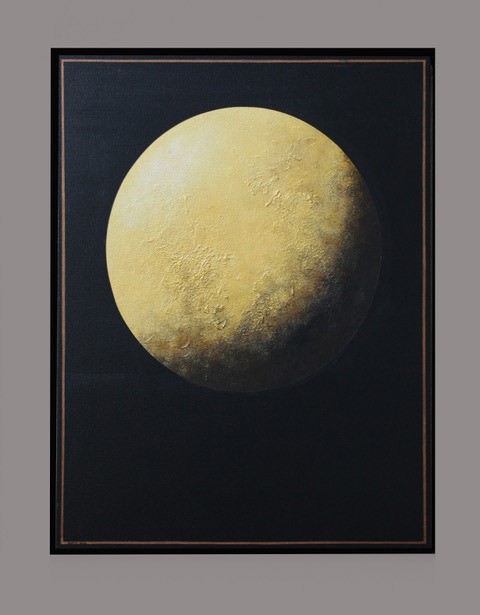
In a sculpture with slightly concave sides, Eric Boyer turns a cube on point. Simplicity of design and industrial material make for a large, statement piece of art.

Anita Kaplan, making fiber art, and Mike Baggetta, with mixed media, are joined by Kenneth Ray Wilson in utilizing slightly more complex shapes.
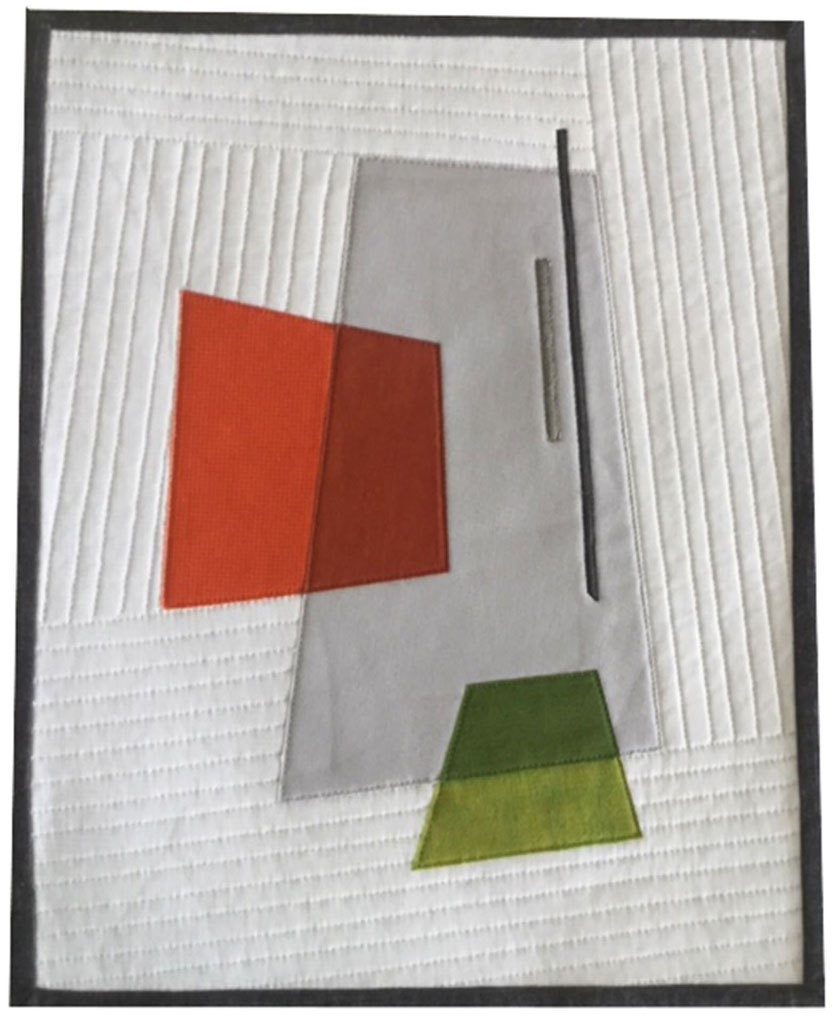
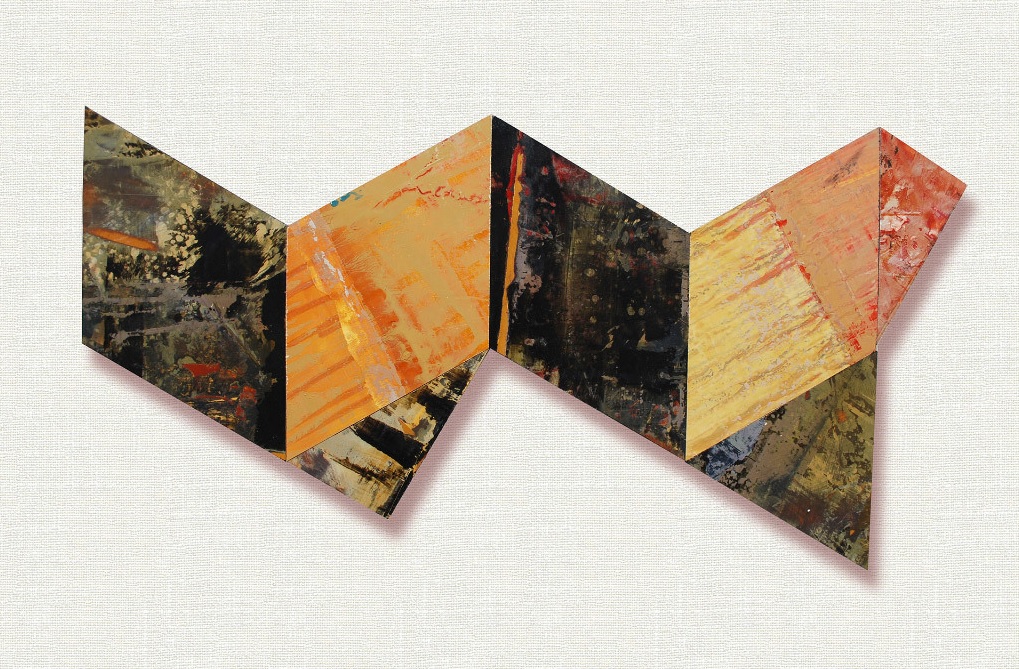

Complexity increases in works in paint, print, mixed media, and paper, as exampled by Barry Johnson, Alice Van Leunen, Annegret Disterheft and Francene Levinson:
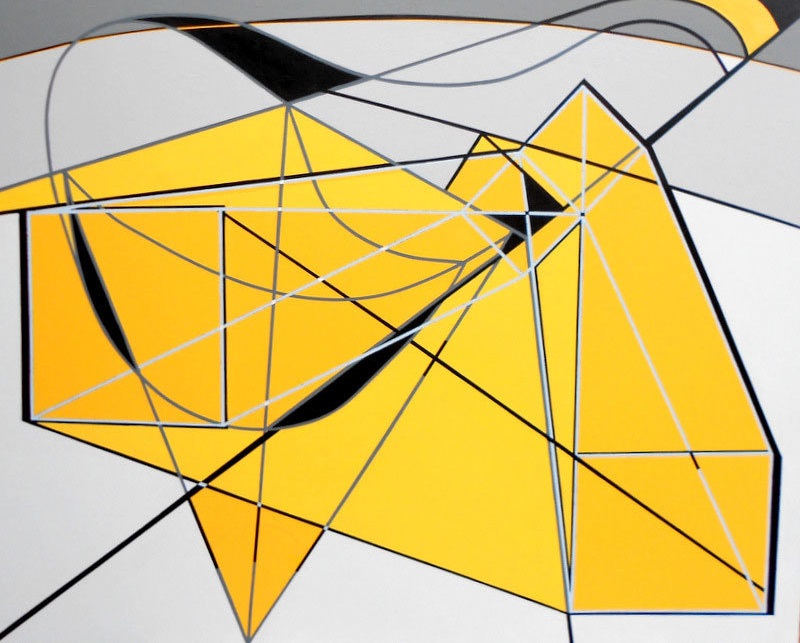
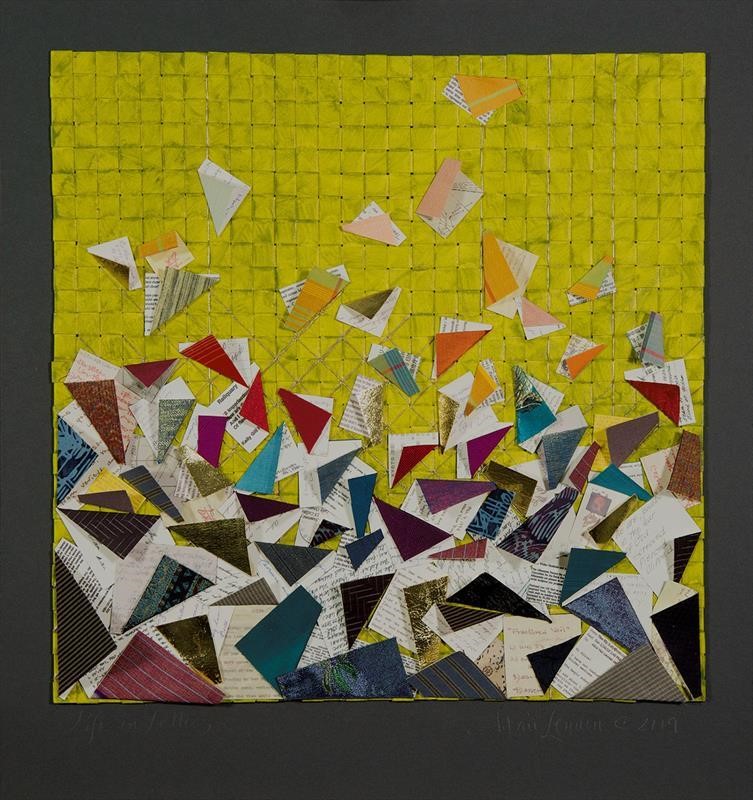


Last, but not least by far, we see that even human figures and landscapes find their way into the Geometric category, as shown in the works of Paula Bullwinkel and Jon Jay Cruson:
